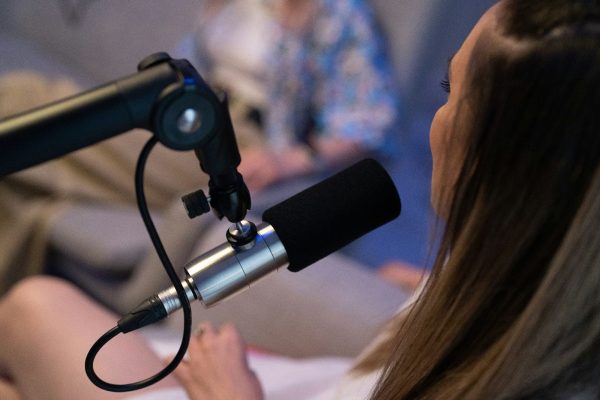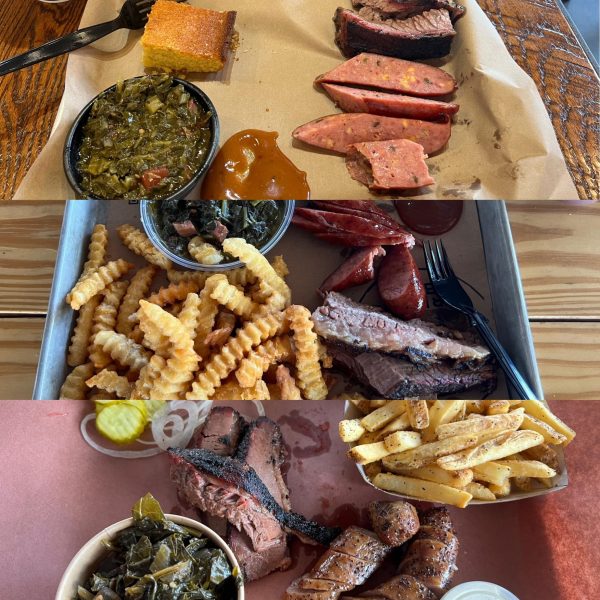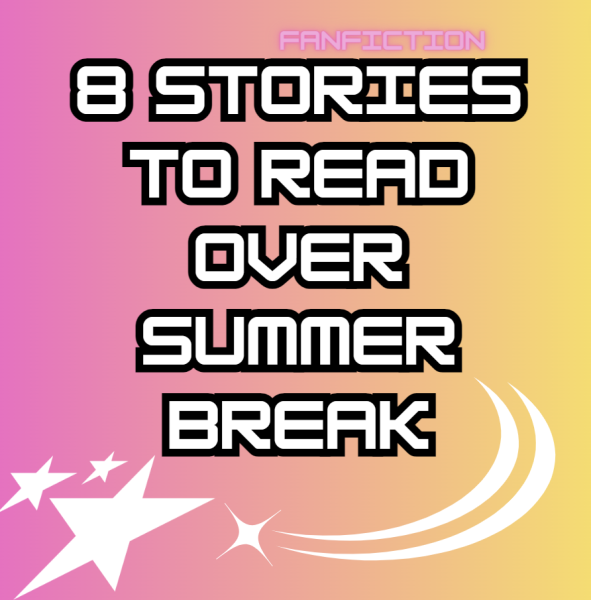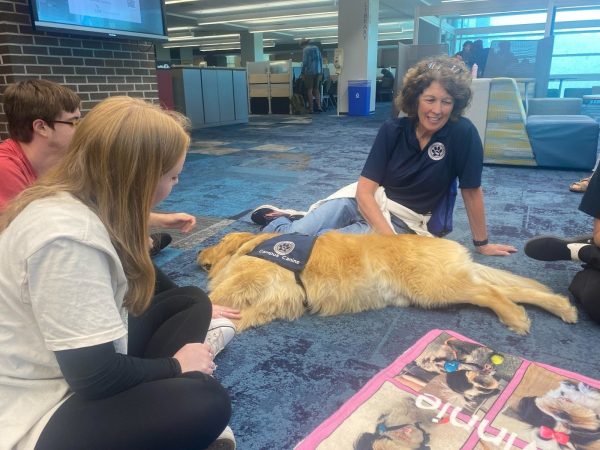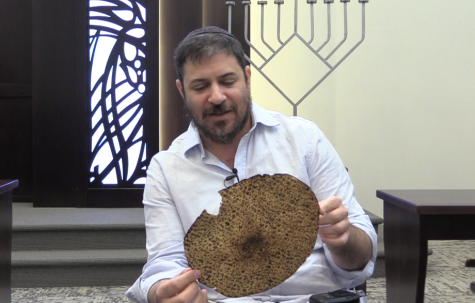Pride Month Spotlight: Rita Ora
June 27, 2022
Growing up in London and performing at open mics led Rita Ora to get noticed by Roc Nation, Jay-Z’s record label. Ora signed a deal with the label in 2009.
After getting her break with Roc Nation, Ora and DJ-Fresh earned the number one spot on the U.K. charts with their collaboration, Hot Right Now, released in 2012. Ora’s debut single, R.I.P., was released by Jay-Z’s label the same year in anticipation of her first album Ora.
Having topped the U.K. charts with her album, Ora was nominated at the BRIT Awards for “British Single of the Year” and “British Breakthrough Act” in 2013.
Collaborating with other artists brought Ora success in the six-year gap between her first and second albums. Ora was featured on Black Widow by Iggy Azalea, Doing It by Charli XCX, Your Song with Ed Sheeran, and more.
Throughout the 2010s, Ora acted in several films including the Fifty Shades of Grey series, Southpaw, and Pokémon: Detective Pikachu. She also was a judge on the talent shows the X-Factor and America’s Next Top Model.
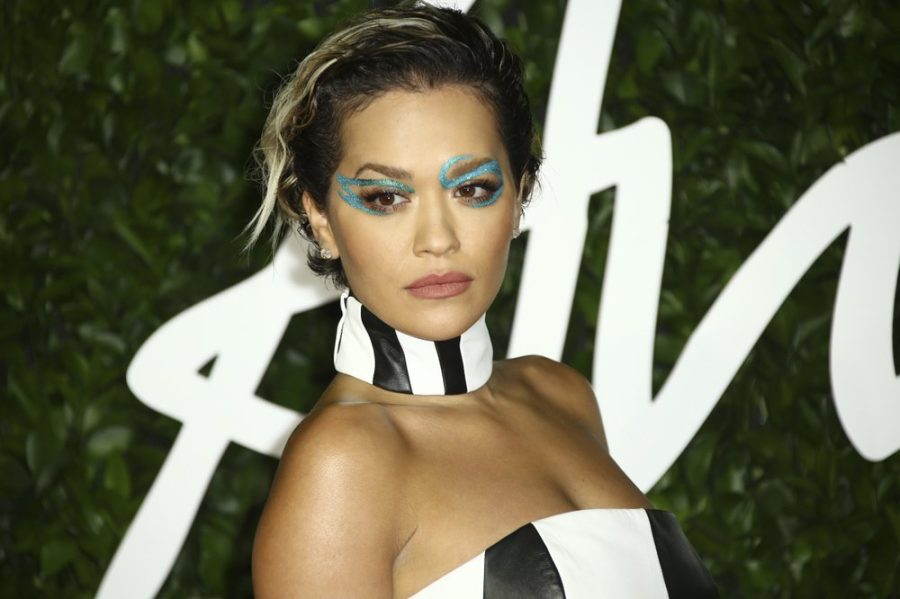
Atlantic Records released Ora’s second album, Phoenix, in 2018.
Girls, a collaboration between Ora, Bebe Rexha, Charli XCX, and Cardi B, raised controversy in the media as fans perceived the lyrics as offensive to the LGBTQ+ community. Hayley Kiyoko addressed the song on Twitter.
“…every so often there come songs with messaging that is just downright tone-deaf, which does more harm than good for the LGBTQ+ community. A song like this just fuels the male gaze while marginalizing the idea of women loving women,” Kiyoko said on Twitter.
In a tweet, Ora apologized to fans about the lyrics in Girls and addressed her sexuality.
“I have had romantic relationships with women and men throughout my life and this is my personal journey. I am sorry for how I expressed myself in my song…I would never intentionally cause harm to other LGBTQ+ people or anyone…,” Ora said on Twitter.
One of Ora’s most recent works is Finish Line, written by Diane Warren, a song about women’s equality. The song is to be featured on the ESPN docuseries, 37 Words.
ABC News discussed Rita’s passion for the project.
“…I was so moved by the lyrics and the passion they evoked and knew instantly that I had to be involved with the project. The fight for women’s rights is a global issue…Every day, women around the world are fighting to be seen, heard, and respected. We must continue to work to empower one another as we strive to make equality a reality for women in every part of the world,” Rita said, according to ABC News.
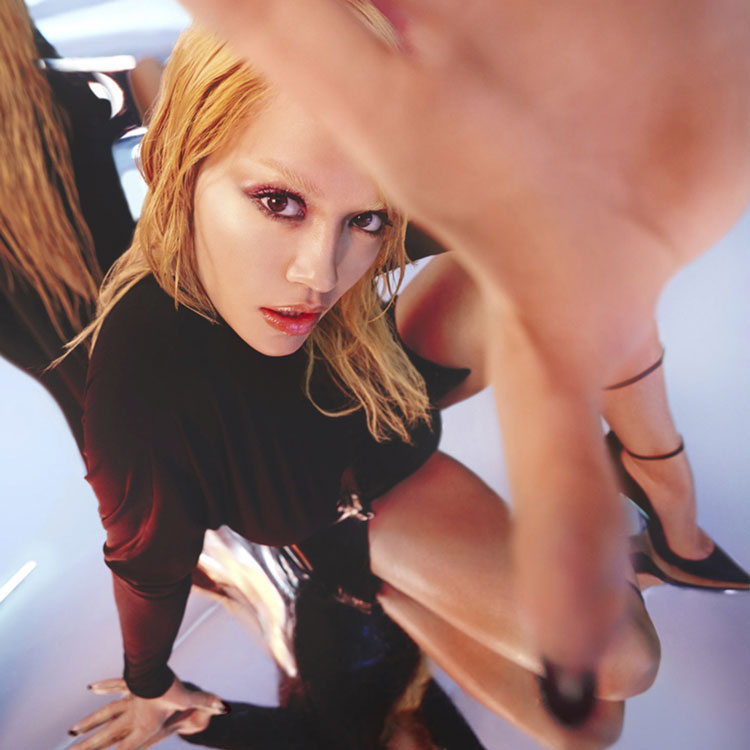
From Phoenix, Ora’s 2018 album, Let You Love Me is one of her most-streamed songs on Spotify with nearly 500 million listens.
A plucked, acoustic guitar and muffle snare drum introduce the pop groove of Let You Love Me. Ora easily sings the melody before short hums appear between phrases in the left pan.
In the pre-chorus, the snare slightly ornaments the common time beat while a high harmony glides over Ora’s melody.
Electronic plug-ins replace the acoustic sound in the chorus. Percussion dwindles to snaps on the strong beats. Background (BG) vocals are sparse with only a short-lived lower harmony. Attention is focused on the mix of the dance beat with periodic percussive fills.
One bar of rest transitions from the vibrant beat to the second verse. High harmony subtly adds texture to the vocals.
A roll into the percussive pre-chorus begins to build intensity in anticipation for the dance beat of the chorus.
The familiar, pop, dance beat comes back. A mix of reverberant and crisp percussive elements richens the texture of the instruments while various sound effects travel across the pan.
Ora sings a duet with herself in the bridge. Her natural, clear voice converses with a processed, phasing reiteration of her lyrics. Bass drum, snare, and what sounds like a tambourine accompany the voices in the second half of the bridge.
Processed, harmonious BG vocals support the melody of the chorus while Ora embellishes over snaps on the strong beats. For the last time, the dance beat executes but is soon muffled for Ora’s vocals to take prominence. Ora ends the song with a tasteful riff.
Rita Ora’s music can be found on Spotify, YouTube, and Apple Music.
___
For more information or news tips, or if you see an error in this story or have any compliments or concerns, contact [email protected].















